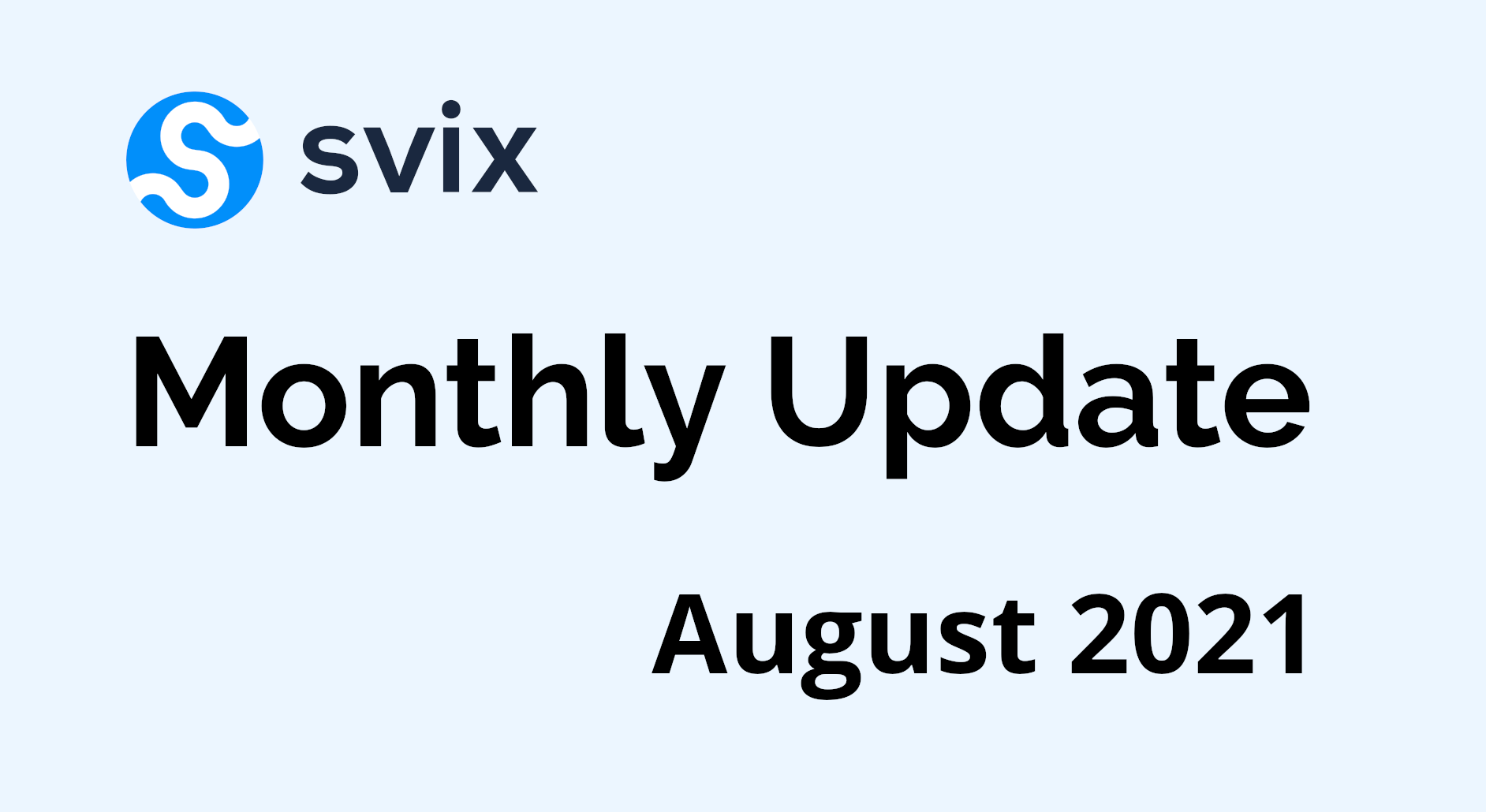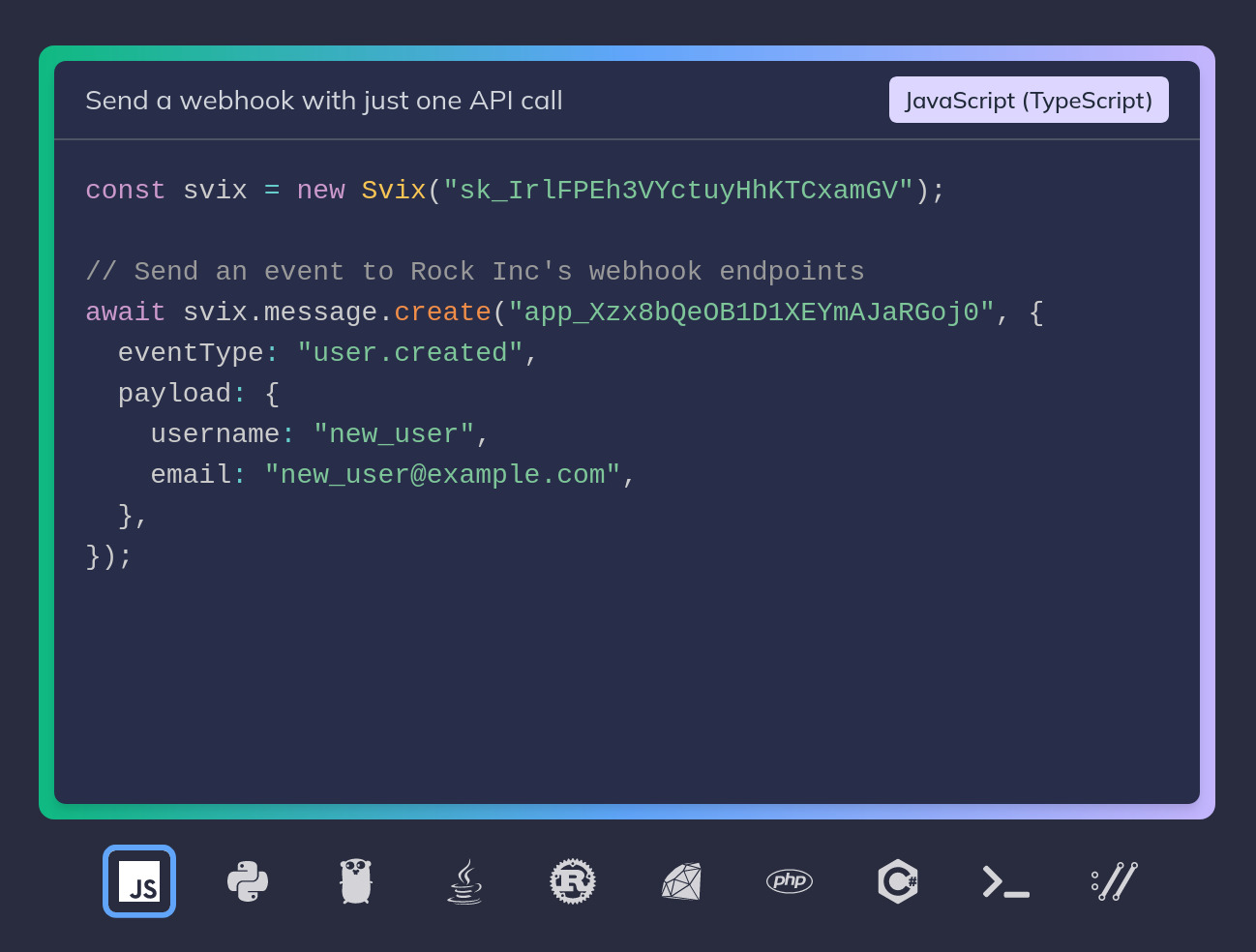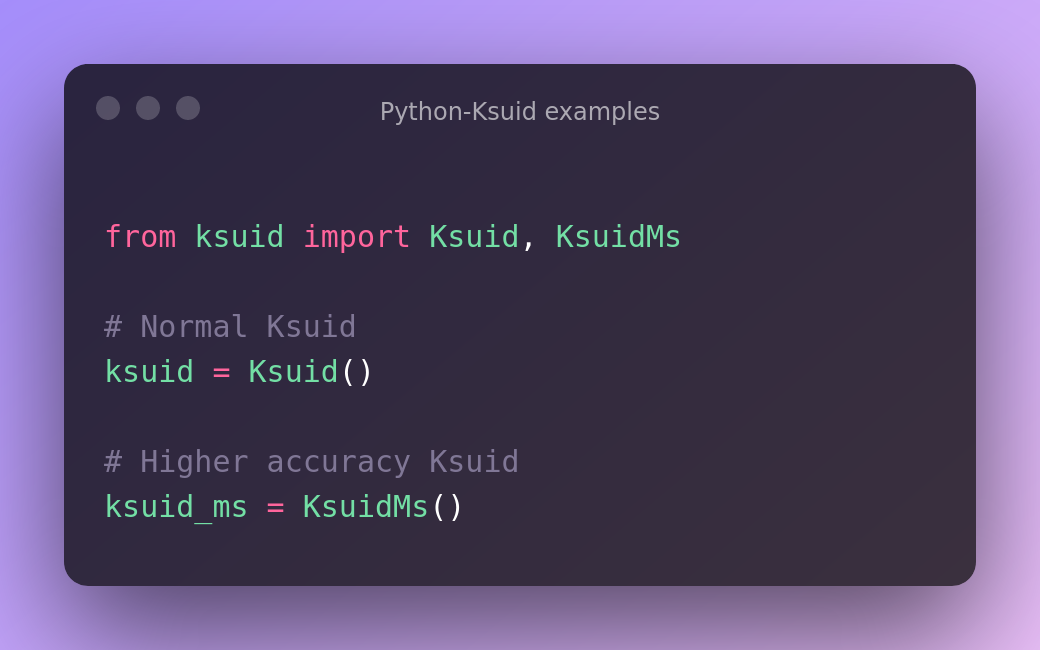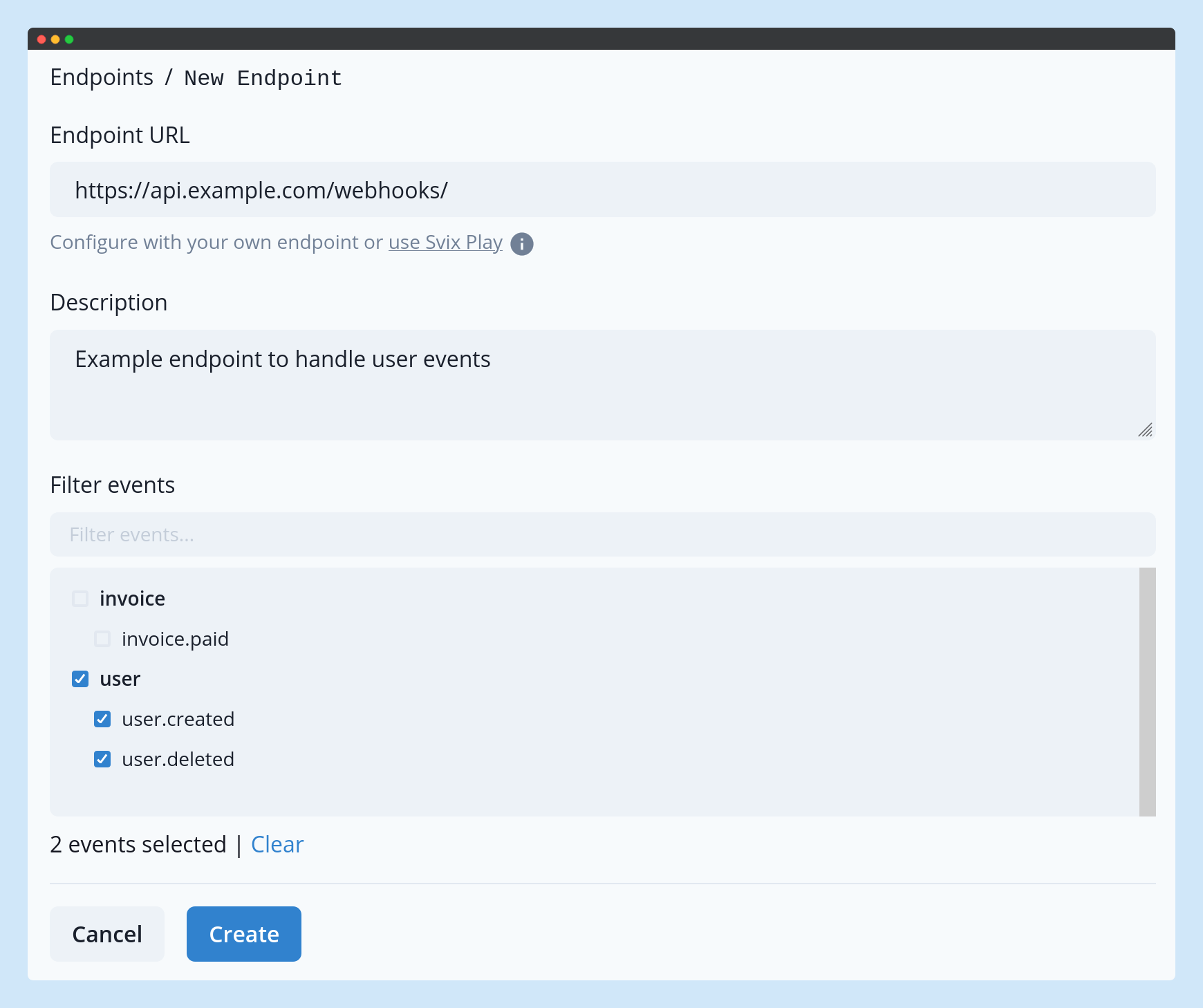- Published on
Svix Update August 2021
- Authors

- Name
- Tom Hacohen
- @TomHacohen

This month saw improvements in almost every part of the service! We've worked on performance, our libraries, UI, security, and even our open-source python-Ksuid library!
Multi-factor Authentication (MFA)
Multi-factor authentication, also known as two-factor authentication (2FA) when there are only two factors, is an increasingly common way to increase the security of accounts. Multi-Factor Authentication helps protect against phishing, social engineering, and password brute-force attacks and secures your logins from attackers exploiting weak or stolen credentials. You can now enable MFA on your Svix account by going to the dashboard and enabling it there.

Automatic retries in the libraries
The internet is like the ocean - wild and unpredictable. Transient network errors happen and packets sometimes get lost. In order to make sure our customers aren't affected by any of that, we've added a built-in retry mechanism into the Svix libraries that will automatically and transparently recover from such transient errors.
Just update to the latest version of any of the Svix libs and enjoy these automatic retries.

Improvements to our Python-Ksuid open-source library
This is not an improvement in Svix per-se, but since we are heavy users of our own Python-Ksuid library, the service also benefits from it.
We've made a few improvements to the libs: we improved the type checking, enforced timestamps to always be in UTC to avoid timezone errors and added a KsuidMS mode for higher accuracy Ksuids. This became even more important as our larger customers are now sending multiple thousands of webhooks per second.

Expose the next scheduled attempt in the API and the UI
Webhooks sometimes fail, that's why we automatically retry failed messages following our retry schedule. While the schedule is well defined it was unnecessarily complex to get the next attempt time both in the API and the UI.
Related to that, it was also hard to differentiate between failed events being retried, and events attempting for the first time.

Many UI improvements in the application portal
We've overhauled a few sections of the built-in application portal to make its usage even nicer.
We've moved the "Add endpoint" dialog to its own page to look better in the embedded (iframe) use-case. We now group event types together based on their hierarchy. So customer.created and customer.deleted will both be automatically grouped under customer. We've added a way to manually refresh lists, and a way to filter messages based on their event type.
We've also updated the dashboard to let you quickly "jump" to (find) an application based on its id or uid.

A lot of internal benchmarking and improvements
We've benchmarked, optimized, and improved our internal systems leading to the UI and API being even faster; especially for larger customers (over 10m webhooks a month). We've also laid out the foundation to even greater improvements this coming month!
Successfully completed our annual penetration-test
Running an annual penetration test is good practice for any company, and it helps making sure that our systems are as secure as they should be.
We've completed our annual penetration-test this month, and we are happy to let you know that there were no major issues discovered, only minor suggestions!
Coming next
We have a lot more in the works, and I can't wait to share what we working on! If you have any thoughts or suggestions regarding what we should work on next, please join the Svix Slack and let us know!
This is it for this update, but make sure to follow us on Twitter, Github or RSS for the latest updates for the Svix webhook service, or join the discussion on our community Slack.